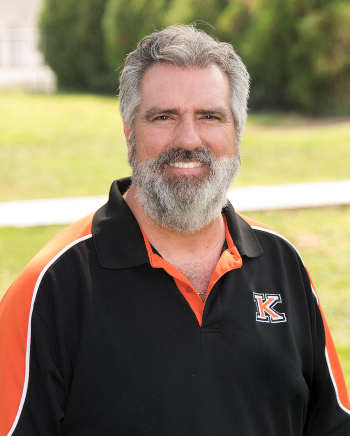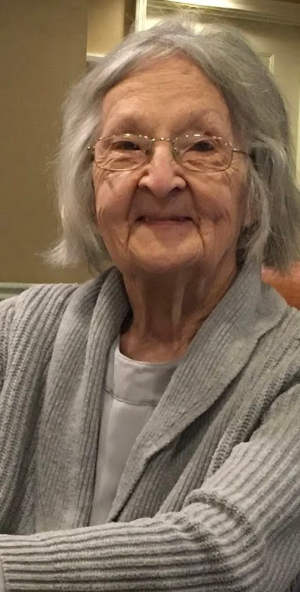- Dave McQueen
- Posted On
Putting Students First: Light at the end of the tunnel

KELSEYVILLE, Calif. – With COVID-19 vaccines being rolled out locally, nationally and globally, I think we’re seeing a light at the end of this very long pandemic tunnel.
Ironically, when the end is in sight it can be even harder to hold on, to keep wearing masks and social distancing, but we need to for however long it takes until it is safe.
I know a lot of folks really want their kids back in school, both because that’s where students learn best and because when kids are in school, parents can return to work.
Every educator I know agrees that students would be better served with in-person instruction, but we have to do so safely.
To that end, the California Department of Public Health, or CDPH, released updated guidance to let schools know when and how we can reopen on Jan. 14.
Visit the California Safe Schools for All website and download the “COVID-19 and Reopening In-Person Instruction Framework & Public Health Guidance for K-12 Schools in California,
2020-2021 School Year” here.
Otherwise, here’s what you need to know for Kelseyville schools.
Adjusted case rate
You may be familiar with the COVID risk tiers (yellow, orange, red and purple), but now there’s another threshold. When counties have an adjusted case rate (a rolling seven-day average) of more than 25 new COVID-19 cases per 100,000 people, schools are not allowed to reopen, even with a waiver.
Lake County has been sitting around 46 cases per 100,000, so we’ve got work to do if we want to reopen our schools.
You can track Lake County’s adjusted case rate online at www.covid19.ca.gov/safer-economy, then scroll down to the map and click on our county to see where we stand.
Safety
When the pandemic first hit, we didn’t know how the virus spread. Schools disinfected high-touch areas several times a day, hoping to decrease the risk of infection.
Overuse of disinfection can pose a health risk to children due to the chemicals used and has proven to have limited to no impact on COVID19 transmission, so the state recommends we focus on the following safety measures:
– Face coverings;
– Stable groups;
– Physical distancing;
– Adequate ventilation;
– Hand hygiene.
Symptom and close contact exposure screening, with exclusion from school for staff or students with symptoms or with confirmed close contact
Surveillance or screening testing
When we return to in-person instruction, we’ll use a phased or “hybrid” approach at the beginning, so we have fewer students on campus at any given time. Distance learning will be available to all students who want to continue in that educational model.
COVID vaccines and testing
Two important ways to get us back into the classroom and to keep us safe once we’re there are vaccination and testing.
At Kelseyville Unified, we continue to work closely with the Lake County Public Health Department to provide the vaccine to all school staff who want it, prioritizing those who work directly with students and those who are at higher risk for serious complications from a COVID-19 infection.
All Kelseyville Unified employees who elected to receive the vaccine will be vaccinated within the next four weeks.
Once we’re back in the classroom, COVID testing for staff will take place based on Lake County’s COVID tier.
When we first return to in-person instruction, if we have an adjusted case rate higher than 14 cases per 100,000, the governor wants us to do weekly surveillance testing in addition to symptomatic and response testing.
Otherwise, when we’re in the purple and red tiers, the governor recommends surveillance testing every two weeks in addition to symptomatic and response testing.
Once we’re in the orange and yellow tiers, we’d move to only symptomatic and response testing.
Reopening
According to CDPH and the governor’s guidelines, the first hurdle to reopening schools is submitting our COVID-19 safety plans to the state and county Public Health departments.
Then, once Lake County drops below a COVID positivity rate of 25 cases per 100,000 and our safety plans are approved, the first schools to be allowed to open will be our elementary schools in a hybrid model.
Once the county reaches the red tier, we will move to reopen schools for all grades in a hybrid model. Hopefully, through staff vaccinations, low positivity rates in the county, and following our safety plans, we will be able to open soon.
Some good news
As you can imagine, reopening schools safely is expensive. President Biden and Gov. Newsom have proposed additional funding for education that could help us a lot.
All in all, I think things are finally moving in the right direction.
Dave McQueen is superintendent of Kelseyville Unified School District.




 How to resolve AdBlock issue?
How to resolve AdBlock issue? 




